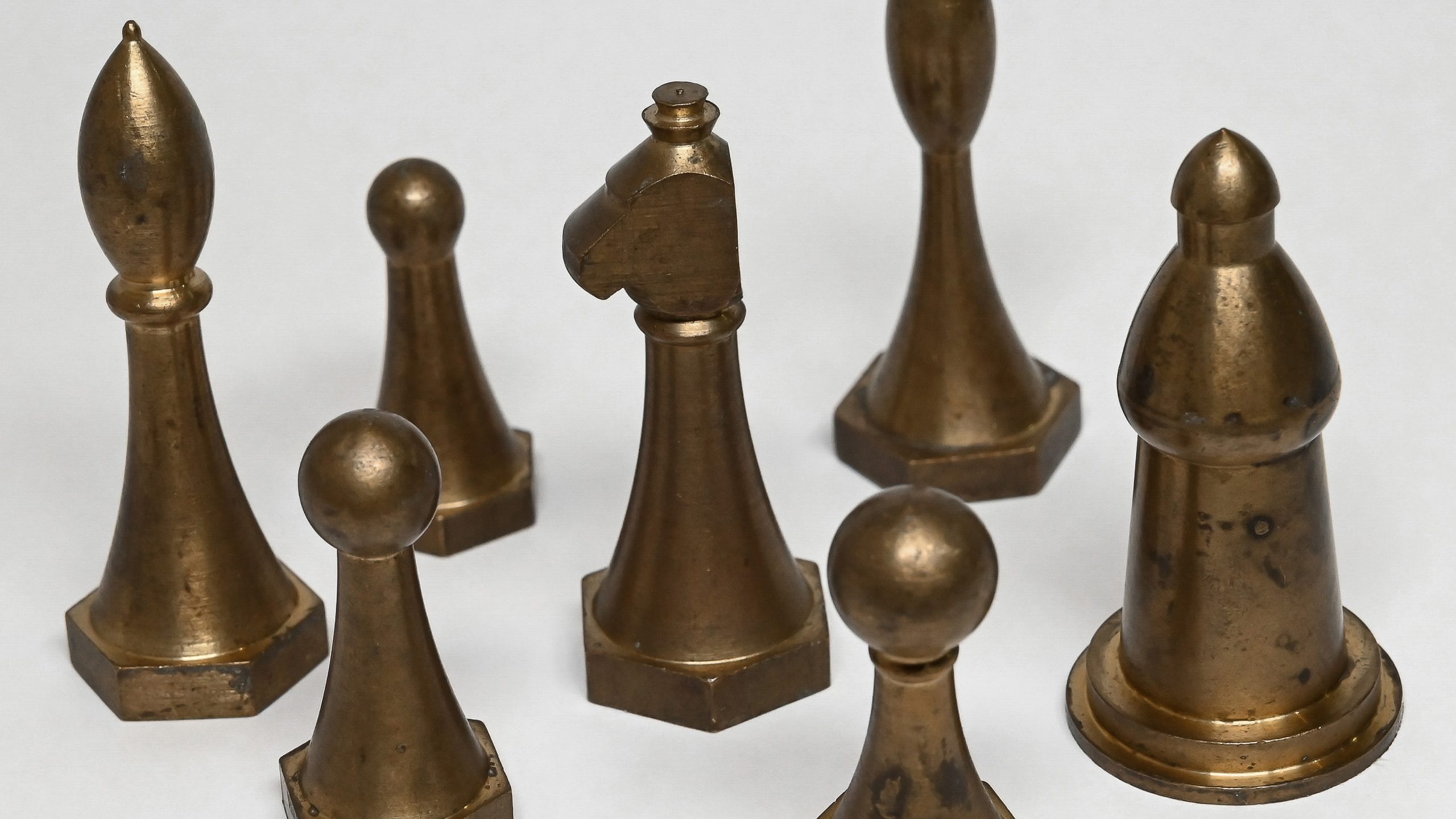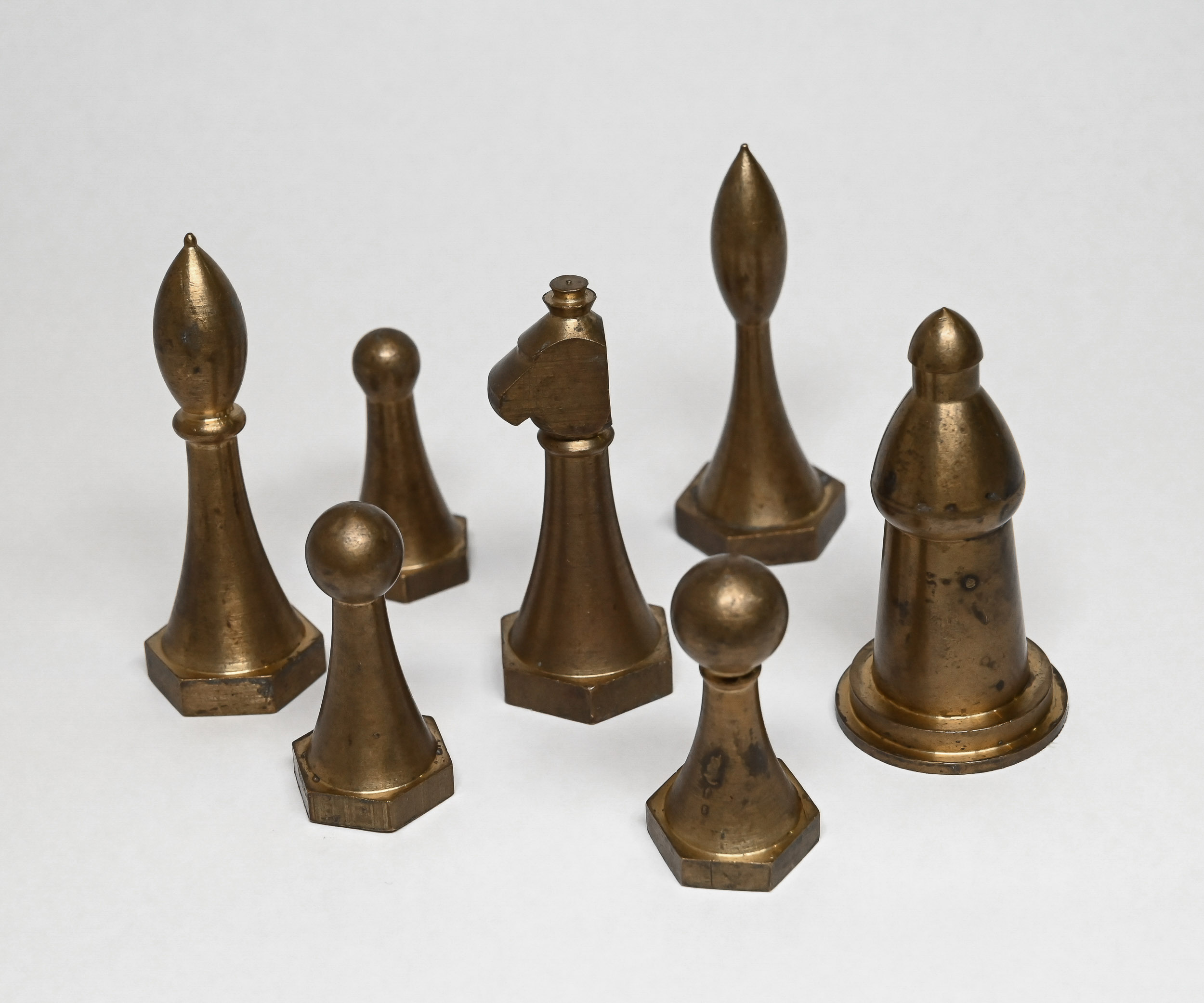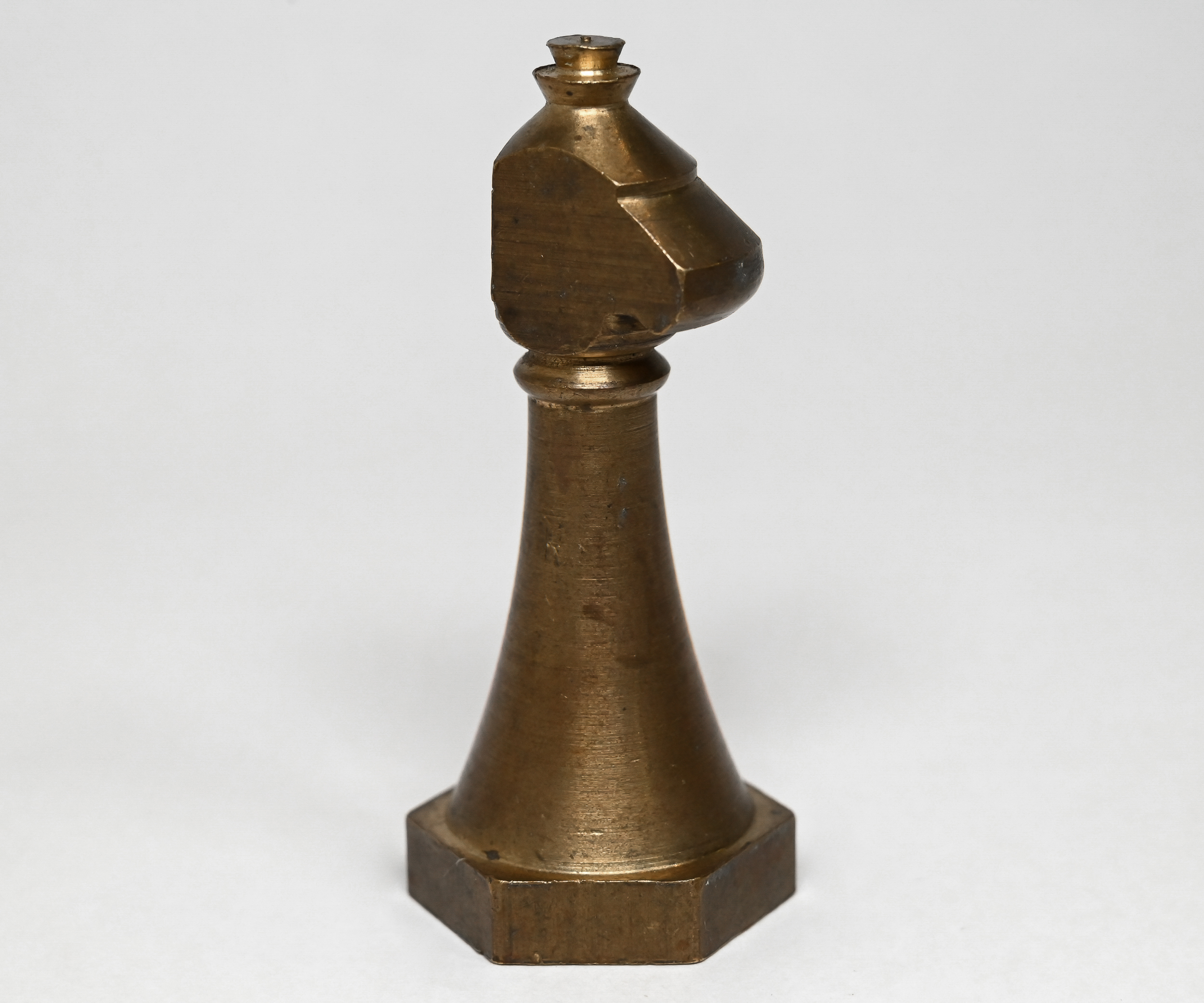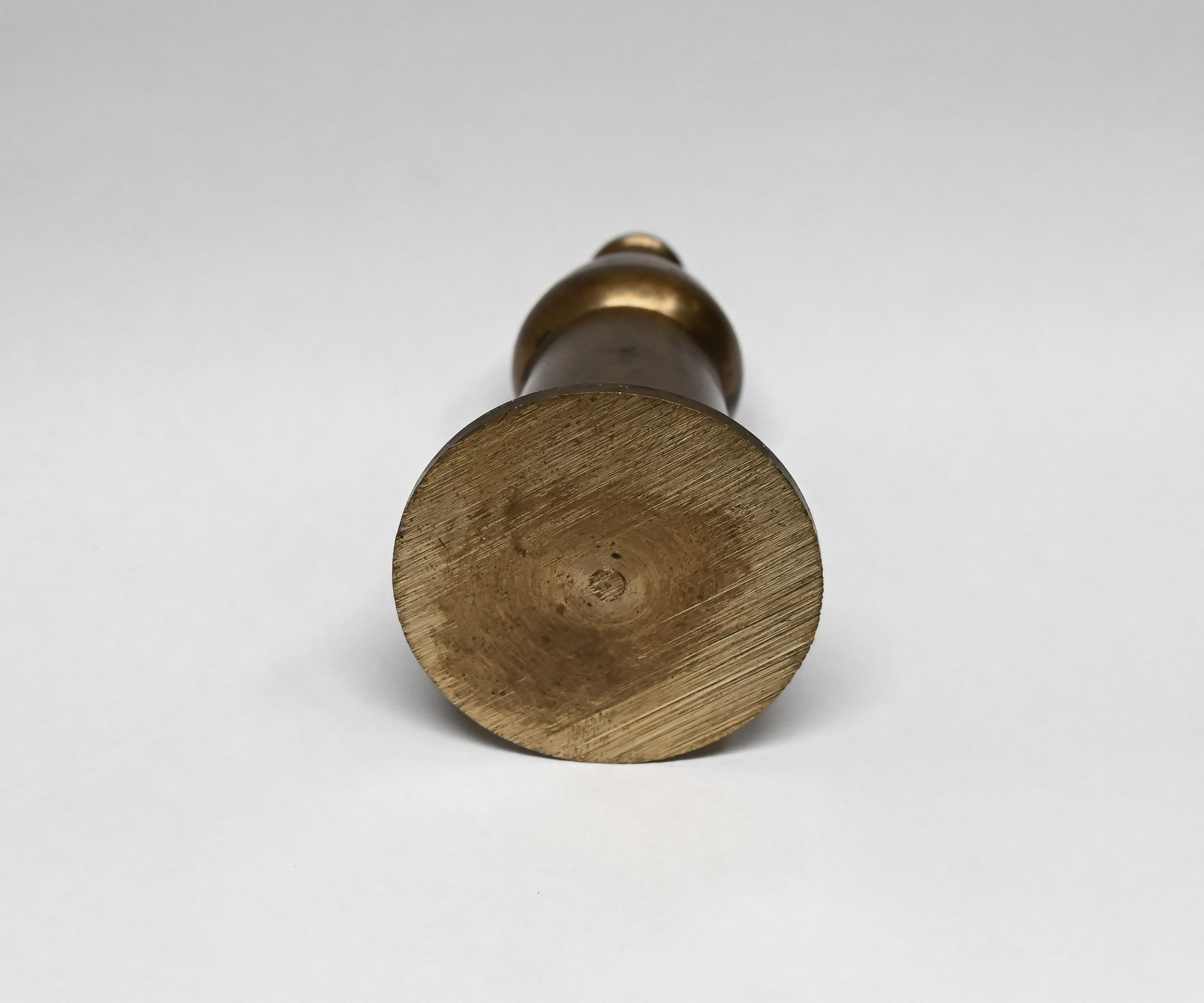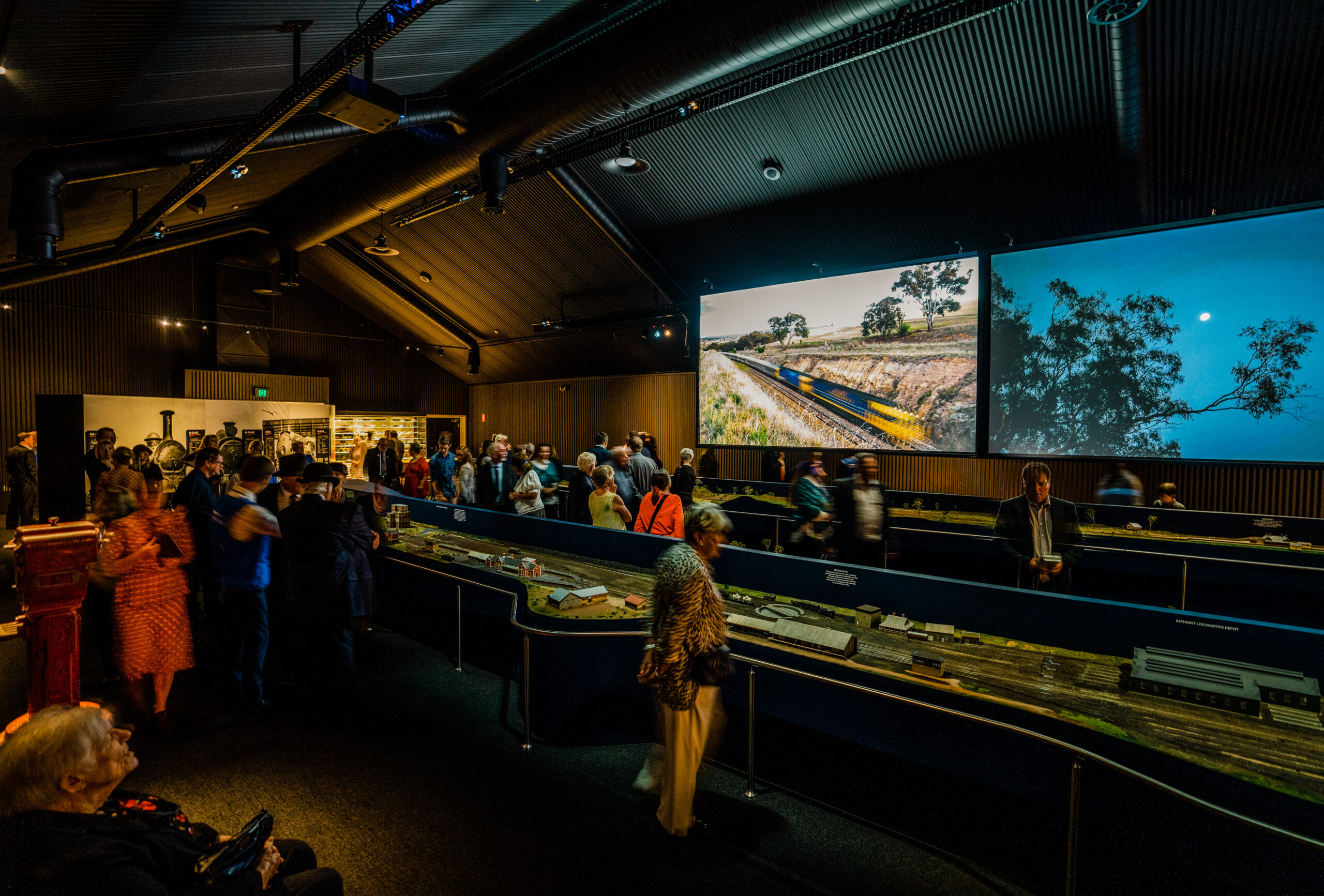Practice Makes Perfect
Learning a Trade on the Railways
When a young apprentice stepped into the railway workshop in Bathurst for the very first time, he must have been amazed at the noise and activity.
During the steam era, ten tradesmen and another apprentice moved about the workshop as they manufactured and machined various components for the engines.
Behind the hammering and banging of metal, he would have heard the throbbing of the large steam engine which powered every machine in the workshop through leather belts and pulleys extending from an overhead shaft. Slick pools of oil dripped from the well-lubricated machinery.
Our apprentice was set to work making these chess pieces as an exercise to gauge and improve his skills. To make them, he likely used a length of hexagonal rod which he carved with a saw while turning the metal on a lathe. Any fine detail and shaping would have been done with a file after the fact.
As he worked, he may have realised that machines were not always in the most convenient place. Instead they were positioned wherever they could access power from the overhead shaft. It would require experience to get a proper lay of the land.
Three differently shaped pawns and two odd bishops suggest these chess pieces were probably made as the apprentice was still finding his feet. However, the refinement of the knight piece suggests his skills indeed improved. And so, our apprentice moved on to larger machinery and more challenging projects.


